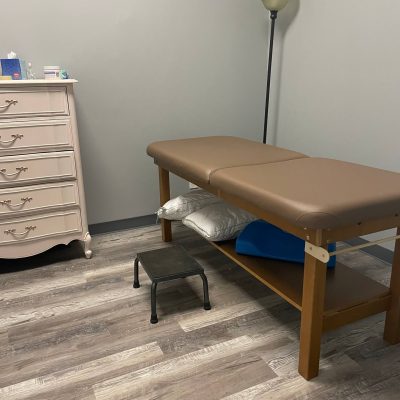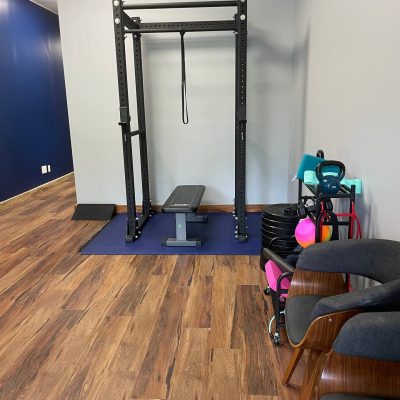Lower back pain and pelvic floor dysfunction are often interconnected, creating a cycle of discomfort and dysfunction that can significantly impact daily life. The pelvic floor muscles play a crucial role in supporting the organs in the pelvis and maintaining core stability. When these muscles are weak, tight, or imbalanced, they can contribute to or exacerbate lower back pain. Conversely, chronic lower back pain can lead to compensatory changes in posture and movement patterns, placing additional strain on the pelvic floor muscles.
Pelvic floor dysfunction may manifest as urinary incontinence, pelvic pain, or sexual dysfunction, and it can be caused by various factors such as childbirth, surgery, or chronic straining. The pelvic floor muscles have direct connections to deep core muscles, spinal muscles, and hip muscles. The diaphragm also plays an integral role in pelvic floor muscle function. All of these muscles need to be working in coordination with each other for proper pelvic floor function as well as for proper spinal function. For example, if the pelvic floor muscles are not co-contracting with the deep Transverse Abs, someone may experience lack of spinal stability and frequent episodes of the back “going out.”
A pelvic floor therapist specializes in diagnosing and treating issues related to the pelvic floor muscles. Through a comprehensive assessment, they can identify the underlying causes of both pelvic floor dysfunction and lower back pain. Pelvic floor therapists are trained to conduct thorough evaluations of the pelvic floor muscles, often using internal exams to gain a detailed understanding of their condition and function. An internal exam allows the therapist to assess the tone, strength, and coordination of the pelvic floor muscles, which can provide crucial insights into the underlying causes of back pain.
This hands-on assessment can reveal areas of muscle tightness, weakness, or asymmetry that might not be apparent through external examination alone. Additionally, the therapist can evaluate the patient’s ability to contract and relax these muscles properly, as dysfunctional patterns can exacerbate both pelvic floor and lower back issues.
By identifying these dysfunctions, pelvic floor therapists can develop a targeted treatment plan that addresses the specific muscle imbalances contributing to back pain. This plan may include manual therapy techniques to release tight muscles (internally and externally), strengthening exercises to build muscle support, and strategies to improve overall posture and body mechanics. Internal exams provide a comprehensive picture of the pelvic floor’s role in lower back pain, enabling therapists to tailor interventions that can significantly reduce pain and enhance quality of life. Regular follow-up and re-evaluation ensure that progress is monitored and adjustments to the treatment plan are made as needed.
By addressing both the pelvic floor and lower back, a pelvic floor therapist can help break the cycle of pain and dysfunction, restoring balance and improving overall quality of life. Regular sessions with a pelvic floor therapist can lead to significant improvements in symptoms and help prevent future occurrences of pain and dysfunction.







